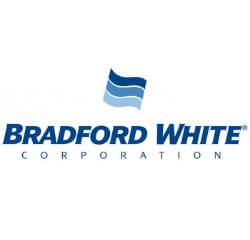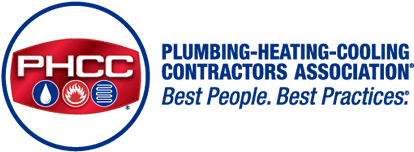
By Bradford White Corporation
In 2023, the United States Department of Energy (DOE) was very active in regulating residential water heater and boiler product efficiencies, as has been addressed in this column previously. But what gives DOE the authority to take such actions, and what exactly are they allowed and not allowed to do?
The answer to these questions come from EPCA. It is a federal law that was passed in 1975 and gives DOE authority to identify energy-using products and regulate their energy usage in the U.S. market. The law itself is nearly 100 pages long, so the intent here is not to do a deep dive into the measure but to simply highlight its main themes as it relates to residential product energy efficiency regulations. It should also be noted that the law does include several exemptions and supplemental provisions that may modify the process described below in a practical setting.
For residential products, EPCA allows DOE to identify energy-using products in the United States and classify them as “covered products.” Once products are given this classification, DOE:
- Must develop a federal test procedure for the covered product;
- May assign a minimum energy efficiency standard for the product based upon that test procedure;
- Develop a mechanism to allow manufacturers to certify their products meet the minimum standards, where such standards have been established; and
- Provide enforcement to ensure applicable covered products that do not meet the minimum energy efficiency standards are not permitted to be sold or installed in the U.S.
Once DOE identifies a covered product and establishes both a test procedure and a minimum energy efficiency standard, these provisions do not remain unchanged. This is due to the fact that EPCA requires DOE to review the federal test procedures for residential covered products at least once every seven years, and minimum efficiency standards at least once every six years. This means test procedures and energy efficiency standards have the potential to (and often do) change. While DOE has occasionally relied on consensus industry standards to develop updated test procedures, EPCA does not require them to do so for residential products.
Regarding minimum energy efficiency standards, there are several factors that DOE must consider when establishing these. Primarily, the Department must demonstrate that any proposed minimum energy efficiency standards are both economically justified (when considering the interests of consumers and manufacturers) and technologically feasible while representing the maximum energy savings for the covered product.
As it relates to establishing minimum standards, EPCA also contains two important provisions. The first is what is known as the anti-backsliding provision. Put simply, this means that once DOE establishes a minimum energy efficiency standard for a covered product, it is prohibited from taking further action that would loosen the stringency of that established standard.
Perhaps equally as important, EPCA includes what is commonly known as the “preemption clause.” This clause has been central to many recent discussions about building decarbonization and was a central theme in the recent California Restaurants Association v. City of Berkeley court decision in the 9th Circuit Court that effectively nullified the city’s attempt to ban natural gas-fired products from being installed in new buildings. Put simply, the preemption clause prohibits state and local governments from prescribing energy efficiency standards, or other measures, for covered products that are more stringent than those established by DOE.
Once DOE finalizes an energy efficiency standard for a covered residential product, manufacturers are given five years to ensure that all of the products manufactured for sale in the U.S. market are compliant with those standards. The compliance date is based on the date that the product was manufactured and not on the date it was installed. As such, a product manufactured before a DOE minimum efficiency standard takes effect can still be installed after the standards’ effective date.
While there is far more to learn about EPCA, and DOE energy efficiency regulations, we hope that this will provide you with high-level background information that will aid in your understanding of the federal regulatory process. If you have any questions about EPCA, or anything else related to the local, state, and federal regulation of BWC’s products, please do not hesitate to reach out to us directly at BWCGovReg@bradfordwhite.com.
